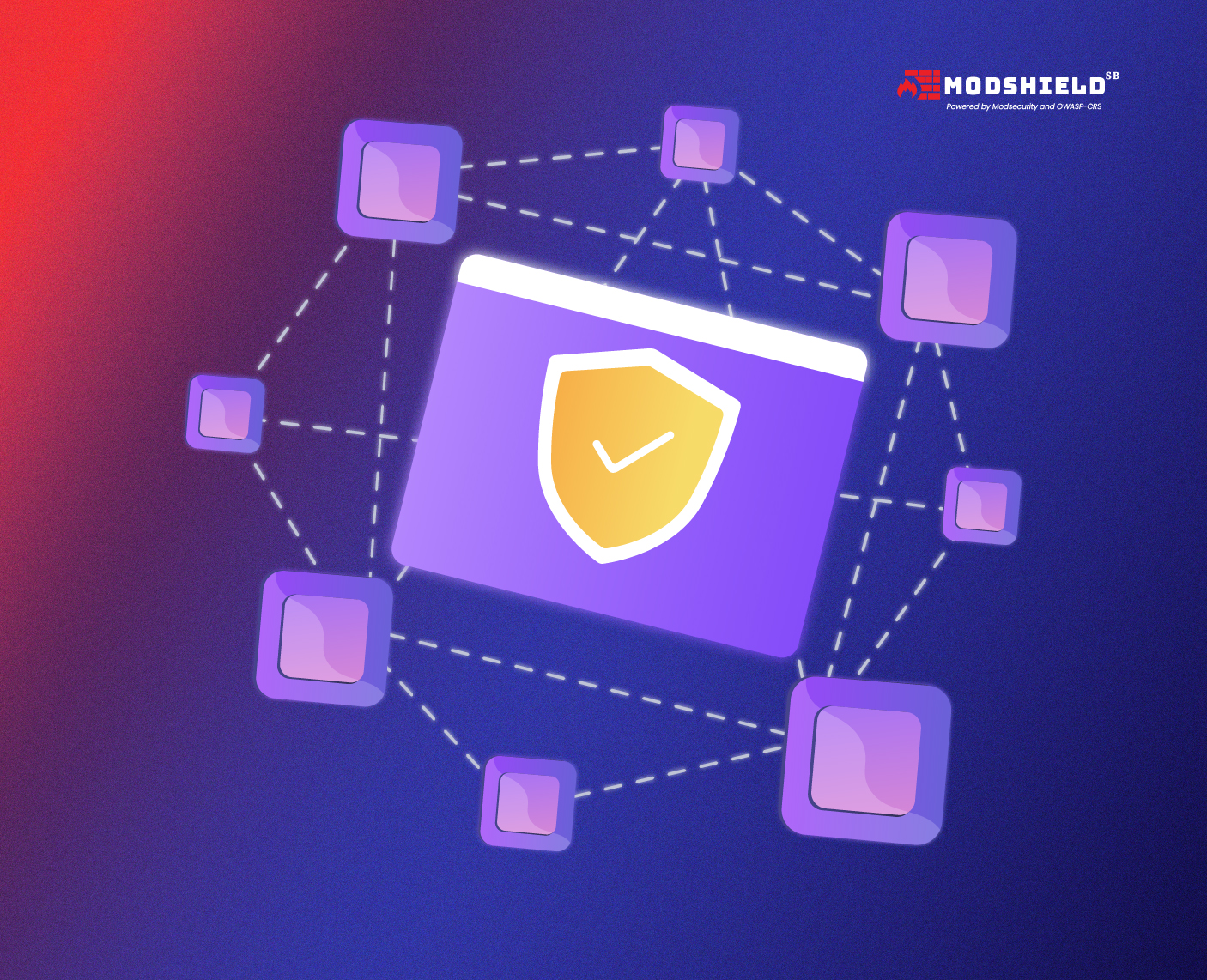Evolution of Web Application Firewall (WAF) Technology
Evolution of Web Application Firewall (WAF) Technology

Web Application Firewalls (WAFs) have become essential in protecting applications and APIs from cyber threats. As the digital landscape continues to evolve, so does the sophistication of malicious attacks. This has driven the need for WAF technology to advance from basic traffic filtering to advanced threat detection. In this article, we will explore the evolution of WAF technology, from its early stages to the powerful cybersecurity tools they are today.
Basic Filtering Capabilities of Early WAFs
Early WAF technology primarily focused on basic traffic filtering and blocking. These solutions acted as a barrier between web applications and potential threats, controlling access and filtering incoming requests. While these early WAFs provided a level of security, they had limitations in terms of their ability to detect more complex threats.
Rising Threat Landscape and the Need for Advanced WAFs
As cyber threats became more advanced, basic WAFs struggled to keep up. The rise of vulnerabilities such as SQL injection, cross-site scripting, and distributed denial of service (DDoS) attacks necessitated the need for more advanced WAFs. Organizations needed solutions that could analyze web traffic in real-time, detect and mitigate threats, and adapt to emerging attack patterns.
Key Features of Advanced WAF Technology
To address the challenges posed by evolving threats, advanced WAF technology introduced several key features. Deep packet inspection and analysis allowed WAFs to examine the content of individual network packets, enabling them to detect and block malicious payloads. Machine learning and AI-based threat detection algorithms empowered WAFs to identify and respond to new and emerging threats. Behavioral analytics enabled WAFs to detect anomalies in user behavior and identify potential attacks.
Integration of ModSecurity Rules and Enhanced Filtering
One significant advancement in WAF technology came with the integration of ModSecurity rules. ModSecurity is an open-source, rule-based engine that allows WAFs to implement customized security policies. By incorporating ModSecurity rules, WAFs gained the ability to enforce more granular security measures and address specific vulnerabilities. This integration enhanced the filtering capabilities of WAFs, making them more effective at identifying and blocking malicious traffic.
Next-Generation Web Application Firewalls (NGWAFs)
The evolution of web application firewalls has led to the emergence of Next-Generation Web Application Firewalls (NGWAFs). NGWAFs combine the features of traditional WAFs with additional functionalities for enhanced threat detection and policy enforcement. Some of these advanced features include bot mitigation, API protection, SSL/TLS decryption, and advanced analytics for real-time monitoring and reporting. NGWAFs enable organizations to have a holistic and proactive approach to web application security.
Case Studies: Real-World Applications
Several organizations have successfully implemented advanced WAF technology to protect their web applications and APIs. Case studies highlight how WAFs have played a crucial role in preventing data breaches, mitigating DDoS attacks, and blocking sophisticated malware. Real-world examples demonstrate how advanced WAFs have become an integral part of an organization’s security infrastructure.
Future Trends and Recommendations
The future of WAF technology looks promising as emerging technologies continue to shape the landscape. Some of these trends include the integration of threat intelligence feeds, leveraging cloud-based WAF solutions, and incorporating automation and orchestration capabilities. To stay ahead of evolving threats, organizations should invest in advanced WAF solutions, regularly update security policies, and ensure collaboration between security teams and WAF vendors.
Conclusion
The evolution of WAF technology from basic filtering to advanced threat detection has transformed these solutions into powerful tools in combating modern cyber threats. As organizations continue to face increasingly sophisticated attacks, WAFs have become a crucial component of a comprehensive security strategy. Understanding the journey of WAF technology and embracing the advancements available will enable organizations to protect their web applications and APIs effectively. With WAFs evolving, organizations can stay one step ahead of cybercriminals and ensure the security of their digital assets.
